Knee Pain While Stair Climbing
Knee pain during stair climbing is a common complaint that can significantly impact an individual’s mobility and quality of life. The knee joint is crucial for various weight-bearing activities, and climbing stairs places added stress on this joint.
Whether the pain is a result of overuse, injury, or underlying medical conditions, understanding the factors contributing to knee pain during stair climbing is essential for effective management and prevention.
Introduction
- You may be confused as to why your knees hurt the moment you climb stairs even though you feel good when you move around on level ground. Even though your knees are made to tolerate a lot of strain, climbing a staircase forces you to move against gravity and uses various muscles. Your knees may eventually have to withstand a force that is three to six times your body weight as you climb.
- Taking the stairs may become uncomfortable quickly if you have been doing a lot of stair climbing, have an underlying medical problem, or even just turn in the incorrect direction. However, the added pressure alone shouldn’t hurt. You shouldn’t stop moving just because you have an ache or discomfort; it’s not a reason to panic. However, it’s a hint that something might be wrong and that strengthening your knee muscles might be beneficial.
- A person may experience pain when their knees bend and straighten and their bones brush against abrasive cartilage if their cartilage is worn down or if their kneecap isn’t sliding in its groove. Walking, however, may relieve the pain since it reduces the amount of movement required by the knees.
- A small amount of cartilage swelling may be sufficient to cause pain when engaging in these activities. In addition, some patients report experiencing an aching or cracking sound in their legs and knees after intense exercise.
Symptoms of Knee Pain While Stair Climbing:
- A dull, aching pain concentrated beneath the knee cap is one of the primary symptoms of knee pain while stair climbing. Additionally, this issue may result in pain outside, inside, or under your patella.
- Those who suffer from this illness often complain of stiffness during specific activities.
- Going up the stairs
- Squatting
- Walking downhill
- Running
- Getting up from a longer period of sitting
- Discomfort in or around the knee, particularly while climbing stairs, engaging in strenuous activity, or following an extended time sitting in one position
- Crepitus, or knee splitting upon bending
Causes of Knee Pain While Stair Climbing:
- Common causes include harm, misalignment, and injuries.
- Since they have never suffered a physical injury to their knees, many patients are shocked to learn that they have damaged cartilage.
- But chondromalacia is not limited to injuries or accidents; other causes can also lead to this condition.
The most common causes include:
- Runs leaps, and other activities requiring a lot of knee movement can cause excessive knee flexion. For this reason, chondromalacia is commonly referred to as “runner’s knee.” It can happen to anyone at any age, although it’s more common among young, fit athletes.
- A malpositioned kneecap: The cartilage cannot shield the kneecap from friction if it is not positioned correctly. This problem might arise in certain individuals due to a congenital misalignment of the knee.
- Weak thighs or calves: The leg muscles assist in maintaining the stability and support of the knee. Should they lack sufficient strength, the knee may become misaligned. Over time, even a small misalignment might cause pain as the cartilage deteriorates.
- A knee injury can result from a fall, accident, blow to the knee, or damage to the cartilage and/or kneecap.
Risk factors of Knee Pain While Stair Climbing:
- Athletes and other people whose occupations or exercises cause tension on their knees
Teenagers, as a result of a temporary muscular imbalance caused by physical growth that usually gets better with time
Women often have less muscle mass in the area of the knee.
People with a history of knee injuries, such as dislocations
People with slack joints, flat feet, hamstring tightness, or variations in leg length
People suffering from patellar hypermobility, a condition in which the kneecap moves excessively - It might also indicate arthritis. Activities like stair climbing, squatting, jumping, cycling, sledding, running, prolonged sitting with the knees bent, and a combination of these might exacerbate it.
- Unbalanced muscles are another factor. Kneecap displacement can also result from the combination of weaker calf muscles and strong thigh muscles. Misalignment can also result from weak inner thigh muscles and powerful outer thigh muscles.
Diagnosis of Knee Pain While Stair Climbing
- The first thing a doctor will do when you visit them for knee discomfort when you walk stairs is a physical examination. They will also go over your entire symptom history and medical history.
- The next step is to have your knee imaged, but the kind of scan you receive will depend on what your doctor believes is causing your pain.
- To assess for osteoarthritis: An X-ray is typically taken to see the space between the bones at the knee joint. A provider can also view any potential injury to the bone itself with an X-ray.
- To assess for chondromalacia patella: An X-ray cannot reveal cartilage injury, so magnetic resonance imaging (MRI) is typically required.
- To assess for a ligament injury: It may be necessary to use an ultrasound machine, which projects images of the internal knee structures on a screen using sound waves. To rule out other reasons or assess the extent of the injury, you might also require an MRI or X-ray.
- To assess for patellofemoral pain syndrome: Even though a physical examination and your medical history are usually used to make the diagnosis, an X-ray of your knee may be taken to determine the severity of the damage.
Treatment of Knee Pain While Stair Climbing
- People with chondromalacia symptoms or knee pain should consult a physician. Prompt intervention can reduce inflammation and stop more cartilage deterioration.
Lifestyle remedies:
- Typically, noninvasive treatments for chondromalacia are successful. They include:
- Low-impact exercise: Swimming and walking are effective ways to maintain muscle strength and strengthen the legs without putting undue strain on the knee. Additionally, it helps improve mood and quality of sleep.
- Orthotics, or shoe inserts: If needed, these can provide arch support for the feet.
- Avoiding activities that cause pain: Many persons who experience pain when climbing stairs must avoid them. Rather, kids need to engage in comfortable workouts. By doing this, additional cartilage injury might be prevented.
- Diet: Maintaining a healthy weight and ensuring dietary balance can be achieved by eating a diversified diet. Carrying too much weight can strain the knee joint and harm the cartilage in the knees.
- Sleep hygiene: Sleeping sufficiently will help you feel less tired and uncomfortable.
- Pain relief: Ibuprofen, an over-the-counter pain reliever, is one such drug that can assist in managing discomfort.
- Knee support straps: There is not enough proof to support their usefulness. A few users have observed uncomfortable and abrasive side effects.
- Online purchases are made for knee support devices and orthotics. You can get advice from a doctor regarding using a knee support device.
Professional help
- Certain exercises may help balance the muscles and realign the kneecap if a medical examination indicates a muscular imbalance.
- A medical professional could suggest strengthening activities for the weaker muscles if, for instance, the muscle’s exterior is stronger than its inner.
- Patients are guided by a physical therapist through certain stretches and exercises. Depending on the root of the issue and the targeted muscle, they will provide tailored workouts.
Physiotherapy treatment of Knee Pain While Stair Climbing:
- A medical expert may suggest a set of exercises based on the underlying cause of the issue.
- Examples of quadriceps muscle strengthening and stretching workoutsAmong the reliable sources are:
- Semi-squats: Place your feet hip-distance apart and flex your knees to a 40-degree angle.
- Step-ups: Place one foot on a 10-centimeter (cm) step, followed by the other, then descend using the first foot first.
- Straight leg rise: With your legs extended straight in front of you, sit up straight, lift one leg, slowly lower it, and repeat with the other.
- Sitting leg lift: Place your foot on the ground and press the back of your knee against a chair or bed as you sit down. One by one, slowly raise and fall each leg.
- Perform each of them three times, take a break, and then repeat ten times.
- Once you’ve completed these every day for six weeks, your health worker might suggest increasing the difficulty.
- It could be advised to perform additional workouts to stretch other body areas.
- Medications and surgery:
- Naproxen or ibuprofen may assist in reducing cartilage discomfort and inflammation.
- Only if previous therapies have failed and the pain is severe will surgery be required.
- To reduce pain, this can entail smoothing off the cartilage’s rough surface. Additionally, the surgeon might be able to loosen up tight ligaments and tendons. This may aid in kneecap alignment.
- Chondromalacia can result in patella-femoral arthritis if left untreated. This happens when injury causes the cartilage to wear down significantly.
- Cartilage cannot regrow after it is gone. In severe situations, there may be direct bone-to-bone contact. If this occurs, the person may experience severe discomfort even in their sleep.
Prevention of Knee Pain While Stair Climbing
- Exercise and a healthy lifestyle are beneficial for all joints, including the knees. It’s critical to pay attention to knee pain. Pain that worsens during specific activities could be an indication of chondromalacia or another illness.
- When doing tasks like cleaning floors or gardening, some people choose to wear kneepads. Properly supported shoes are beneficial for the knees as well.
- The leg muscles can stay balanced by keeping both feet aligned, and wearing supportive shoes helps lessen the impact of running and walking.
Summary
- Even after receiving a chondromalacia diagnosis, people can continue to live active, healthy lives.
- Early intervention might lessen the chance of cartilage deterioration or further irritation. Many patients experience pain relief and regain the ability to engage in many of their favorite activities with the right care.
FAQ
Does patella chondromalacia have a cure?
There is no known treatment for true chondromalacia patella, a condition in which the cartilage surface breaks down. However, one may be able to make it asymptomatic with the use of an exercise regimen, injections, weight loss, or avoiding behaviors that aggravate the condition.
Are steps okay if you have damaged knees?
Stair climbing is among the safest and most convenient forms of exercise for a lot of people. But you should speak with a rehab doctor or trainer if you want to incorporate stair climbing into your knee rehabilitation regimen on a formal basis. Find out from them how many stairs you should climb each workout.
Can knee discomfort resolve itself?
Many times, simple causes of knee pain resolve on their own while you treat your symptoms. You should get in touch with your healthcare practitioner if an accident or injury is the source of your knee pain. If your knee pain is mild and has just started, you should: Rest and stay away from painful activities.
At what age does patellar chondromalacia begin?
Patients with chondromalacia patella are typically young, between the ages of 15 and 35, and many of them lead busy lives. The condition’s symptoms, which include recurring knee effusion, knee instability, and crepitus, can be very debilitating.
Is it beneficial for chondromalacia patella to walk?
When you have chondromalacia patella, you can still be active as long as you limit your activities to ones that won’t strain your knee. The greatest exercises are those with little impact, such as flat-surface walking.
References:
Wilson, C. (2021, September 28). Pain Behind The Knee: Causes & Treatment. Knee-Pain-Explained.com. https://www.knee-pain-explained.com/pain-behind-the-knee.html
Berry, J. (2018, July 25). Why do my knees hurt when I climb stairs? https://www.medicalnewstoday.com/articles/311263
image: knee pain while stair climbing – Google Search. (n.d.). https://www.google.com/search?q=knee+pain+while+stair+climbing&sca_esv=592731573&rlz=1C1CHBD_enIN108

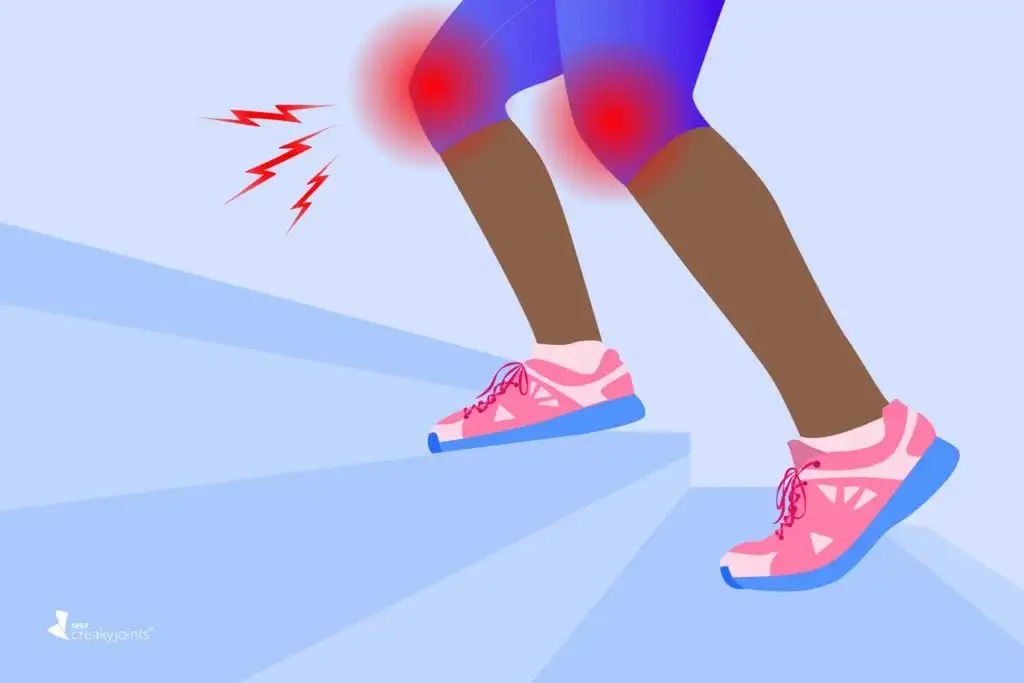
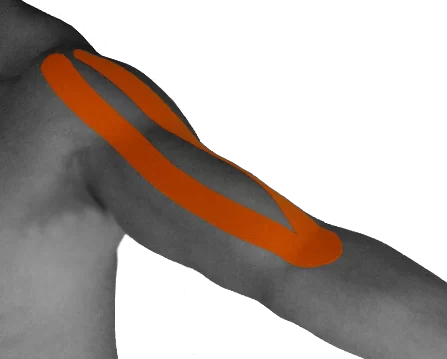
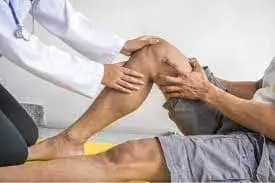

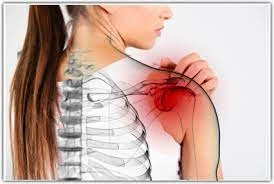
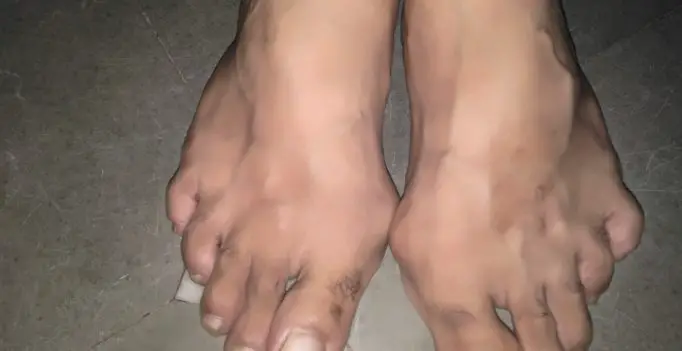
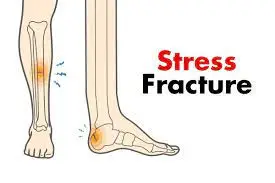
3 Comments